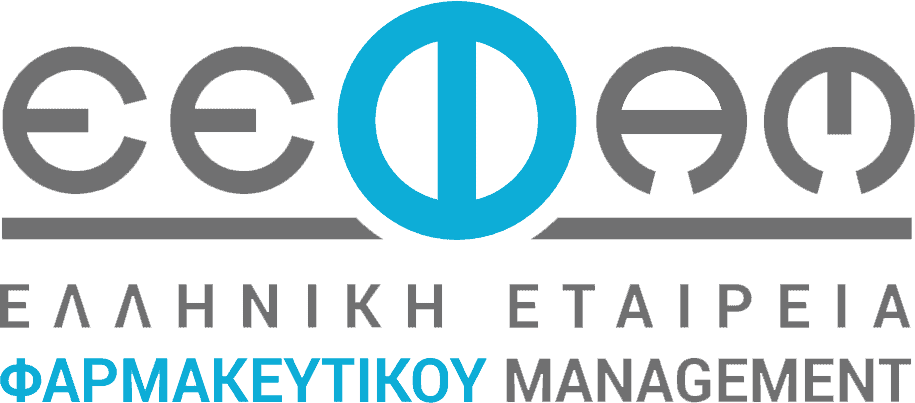40% of medical doctors are close to retirement age in one third of countries in Europe and central Asia, finds new WHO/Europe report
All countries of the WHO European Region – encompassing 53 Member States across Europe and central Asia – currently face severe challenges related to the health and care workforce, according to a new report released today by WHO/Europe. An ageing workforce is chief among them. The analysis finds that 13 of the 44 countries that reported data on this issue have a workforce in which 40% of medical doctors are already aged 55 years or older.
An ageing health and care workforce was a serious problem before the COVID-19 pandemic, but is even more concerning now, with severe burnout and demographic factors contributing to an ever-shrinking labour force. Adequately replacing retiring doctors and other health and care workers will be a significant policy concern for governments and health authorities in the coming years. WHO/Europe is urging countries to act now to train, recruit and retain the next generation of health and care workers.
Another key finding of the report is the poor mental health of this workforce in the Region. Long working hours, inadequate professional support, serious staff shortages, and high COVID-19 infection and death rates among frontline workers – especially during the pandemic’s early stages – have left a mark.
Health worker absences in the Region increased by 62% amid the first wave of the pandemic in March 2020, and mental health issues were reported in almost all countries in the Region. In some countries, over 80% of nurses reported some form of psychological distress caused by the pandemic. WHO/Europe received reports that as many as 9 out of 10 nurses had declared their intention to quit their jobs.
“My own personal journey through this pandemic has been a rollercoaster,” said British nurse Ms Sarah Gazzard. “I was holding a phone next to a dying woman’s ear while her daughter said her final goodbyes. That was very, very difficult for me, so I sought out some support to help me cope.”
Mixed picture across the Region
While the 53 countries of the Region have on average the highest availability of doctors, nurses and midwives compared to other WHO regions, European and central Asian countries still face substantial shortages and gaps, with significant subregional variations.
Health worker availability varies 5-fold between countries. The aggregate density of doctors, nurses and midwifes ranges from 54.3 per 10 000 people in Türkiye to over 200 per 10 000 people in Iceland, Monaco, Norway and Switzerland. At the subregional level, central and western Asian countries have the lowest densities, and northern and western European countries have the highest.
“Personnel shortages, insufficient recruitment and retention, migration of qualified workers, unattractive working conditions, and poor access to continuing professional development opportunities are blighting health systems,” said Dr Hans Henri P. Kluge, WHO Regional Director for Europe.
“These are compounded by inadequate data and limited analytical capacity, poor governance and management, lack of strategic planning, and insufficient investment in developing the workforce. Furthermore, WHO estimates that roughly 50 000 health and care workers may have lost their lives due to COVID-19 in Europe alone.”
Dr Kluge warned, “All of these threats represent a ticking time bomb which, if not addressed, is likely to lead to poor health outcomes across the board, long waiting times for treatment, many preventable deaths, and potentially even health system collapse. The time to act on health and care workforce shortages is now. Moreover, countries are responding to the challenges at a time of acute economic crisis, which demands effective, innovative and smart approaches.”
Ms Annika Schröder is a midwife from Germany who works in a hospital where around 950 births take place every year. There, the challenges mirror those seen across the Region. “I often work shifts without even the possibility to go to the toilet, without breaks or time to eat,” she told WHO/Europe.
“The doorbell and the phones ring while we rush from one room to the other. On average, I take care of 2 women in labour at a time. This is not how I imagined my profession or my everyday working life to be. I am often exhausted and tired. The shortage of midwives makes births unsafe. And since the pandemic, things have got even worse. It is affecting the physical and mental health of us midwives, of mothers, women in labour and babies,” Ms Schröder explained.
Based on the latest data available for 2022, the Region has on average:
- 80 nurses per 10 000 people
- 37 doctors per 10 000 people
- 8 physiotherapists per 10 000 people
- 6.9 pharmacists per 10 000 people
- 6.7 dentists per 10 000 people
- 4.1 midwives per 10 000 people.
In WHO’s 2016 Global Strategy on Human Resources for Health, the threshold for aggregate health worker density was set at 44.5 doctors, nurses and midwives per 10 000 people. All countries in the Region are therefore currently above the threshold, but this does not mean they can afford to be complacent. There are serious gaps and shortages in the health and care workforce, which will only get worse with time without policies and practices to address them.
Rising to the challenge: country examples
“Countries will need to rethink how they support and manage their health workforce. They will need to design strategies that reflect their own contexts and needs, because there is no one-size-fits-all approach,” said Dr Natasha Azzopardi-Muscat, Director of the Division of Country Health Policies and Systems at WHO/Europe.
“The Region is at a critical juncture: strategic planning and smart investment are crucial next steps to make sure our health workers have the tools and support they need to care for themselves and their patients. Society will pay a heavy price if we fail to rise to this challenge. This new report and the data it includes about each of our Member States offer solutions and opportunities we shouldn’t miss.”
Many countries across the Region have already begun taking bold and innovative steps. In Ireland, where more people will be over the age of 65 than under the age of 14 by 2028, the Government has introduced the Enhanced Community Care programme to help the ageing population maintain independence. The programme releases pressure on the hospital system by bringing enhanced community care services to older people in towns and villages across the country.
In Kyrgyzstan, the Government has introduced a pay-for-performance system in primary health care. The aim is to attract more doctors by increasing salaries for those who perform well in their duties. The system also includes an offer for specialists to retrain as family doctors, as 30% of family doctors were of retirement age in 2020.
In the United Kingdom, the Government has been steadily recruiting foreign-trained nurses and midwives to replace those who are retiring or leaving the profession. At present, almost 114 000 foreign-trained nurses are registered there – a 66% increase since 2017/2018. Conversely, the number of nurses trained in the European Union (EU)/European Economic Area (EEA) dropped by nearly 18% over the same period. This is likely driven by the United Kingdom’s decision to leave the EU, and reflects a major shift from recruiting nurses from the EU/EEA to recruiting from other regions and countries, notably India, Nigeria and the Philippines.
Despite progressive steps in many places, much more investment, innovation and partnership are needed to avert further health and care workforce shortages in the future. WHO/Europe is urging all Member States – even those that currently have above-average workforce densities – to waste no time by taking the following 10 actions to strengthen the health and care workforce:
- align education with population needs and health service requirements
- strengthen professional development to equip the workforce with new knowledge and competencies
- expand the use of digital tools that support the workforce
- develop strategies that recruit and retain health workers in rural and remote areas
- create working conditions that promote a healthy work–life balance
- protect the health and mental well-being of the workforce
- build leadership capacity for workforce governance and planning
- improve health information systems for better data collection and analysis
- increase public investment in workforce education, development and protection
- optimize the use of funds for innovative workforce policies.







